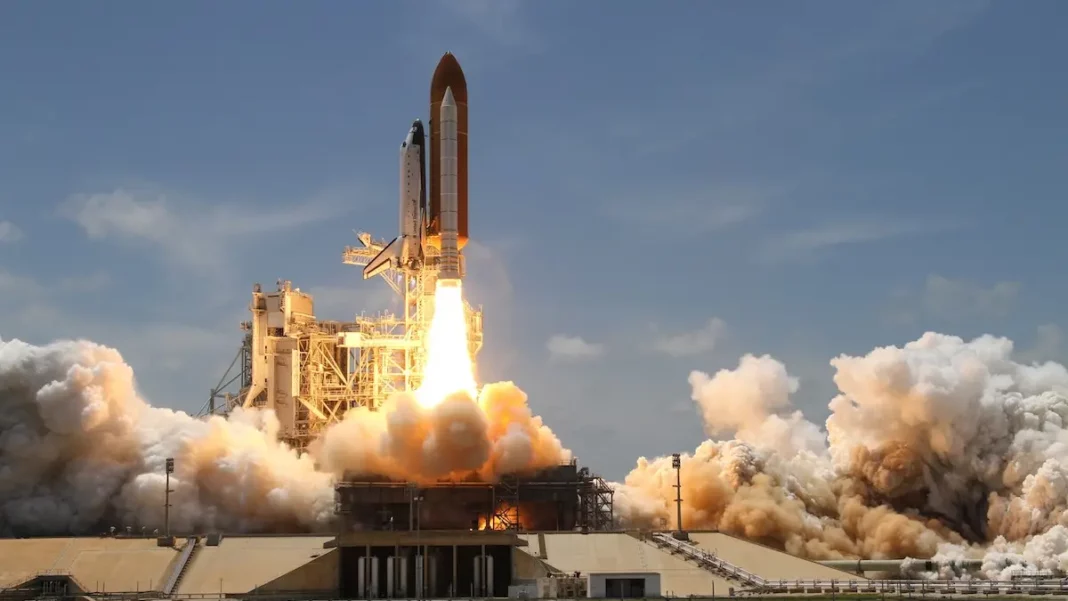The ambitious Aditya L1 Mission, launched by India, is ready to reveal the mysteries of the Sun, our closest star. This mission, which bears the name Aditya after the Hindu sun deity, is evidence of India’s expanding expertise in space research and technology.
Let’s examine the relevance, goals, and scientific equipment of the Aditya-L1 mission. We would also know more about the Sun and its effects on Earth.
Aditya L1 Mission significance
The centre of our solar system, the Sun, is a large ball of heated plasma. Its radiant radiation not only supports life on Earth but also significantly impacts the temperature, space weather, and technological framework of our planet. Solar events like flares and coronal mass ejections can interfere with Earth’s power networks, satellite navigation, and satellite communication.
It is crucial to comprehend the Sun’s behaviour and foresee these solar disruptions to protect our technologically reliant civilization. The Aditya L1 Mission seeks to accomplish this very goal by looking at the Sun from a different perspective.
Indian Space Research Organisation said on September 18 that India’s Aditya-L1 solar mission satellite has started gathering data to aid scientists in analysing particles orbiting Earth.
According to a post on X by ISRO, the instruments on board India’s first solar observatory have started monitoring ions and electrons at distances higher than 50,000 kilometres from Earth.
Mission Objectives
-
Studying the Solar Atmosphere
Aditya L1’s primary objective is to observe the outermost layer of the Sun’s atmosphere, known as the corona. This region is significantly hotter than the Sun’s surface, yet the reasons for this temperature difference remain a mystery. By analysing the corona, the mission aims to shed light on the processes responsible for this high-temperature phenomenon.
-
Investigating Solar Variability
The Sun undergoes a cyclical pattern of activity characterized by periods of high and low solar activity. Aditya L1 will help monitor and understand these variations. It can impact Earth’s climate, space weather, and satellite operations
-
Predicting Space Weather
Solar flares and coronal mass ejections can unleash a torrent of charged particles into space, posing risks to spacecraft, astronauts, and terrestrial technology. Aditya L1’s observations will improve our ability to predict such space weather events, enabling timely mitigation measures.
-
Exploring the Solar Wind
The mission will investigate the solar wind, a continuous stream of charged particles from the Sun. Understanding the solar wind’s composition, speed, and variability is crucial for comprehending its impact on Earth’s magnetosphere and atmosphere.
Impact on Solar Science
The Aditya L1 Mission is poised to significantly contribute to understanding the Sun’s behaviour and influence on space weather. By unlocking the mysteries of the solar corona, scientists hope to improve our ability to predict and mitigate the effects of solar disturbances on Earth.
-
Advancements in Space Weather Prediction:
The mission’s data will enhance our space weather forecasting capabilities. It will thus allowi for more accurate predictions and better critical infrastructure protection.
-
Solar Climate Connection:
Aditya L1’s observations will help us decipher the Sun’s role in long-term climate variations on Earth, contributing to climate science research.
-
Technological Resilience:
By understanding solar disturbances, we can design more resilient technology and infrastructure, reducing the risks posed by space weather events
Scientific Instruments
Aditya L1 is equipped with a suite of advanced scientific instruments to achieve its mission objectives:
- Visible Emission Line Coronagraph (VELC): VELC is designed to capture images of the Sun’s corona by blocking the intense solar disk’s light. It will provide valuable data on the corona’s temperature, density, and magnetic fields.
- Solar Ultraviolet Imaging Telescope (SUIT): SUIT will capture high-resolution images of the Sun’s chromosphere and corona in the UV range. These images will help scientists understand the Sun’s magnetic activity and its impact on space weather
- Plasma Analyser Package for Aditya (PAPA): PAPA will measure the composition and properties of the solar wind, providing insights into its impact on Earth’s magnetosphere.
- Solar Low Energy X-ray Spectrometer (SoLEXS): SoLEXS will study the X-ray emissions from the Sun, helping scientists investigate the dynamics and temperature of the solar corona.
- Magnetometer: The magnetometer will measure the Sun’s magnetic field strength and direction, which is crucial for understanding solar magnetic activity.
Conclusion
The success of the Aditya L1 Mission demonstrates India’s dedication to improving space research and technology. As it embarks on its journey to study the Sun’s enigmatic corona and unravel the secrets of our nearest star, it promises to enhance our understanding of space weather, solar variability, and the Sun’s influence on Earth. The knowledge gained from this mission will benefit scientific research and have practical applications in safeguarding our technology-dependent society from the vagaries of the solar system.
Also Read: ConsenSys Is Pioneering Blockchain with MetaMask Snaps


